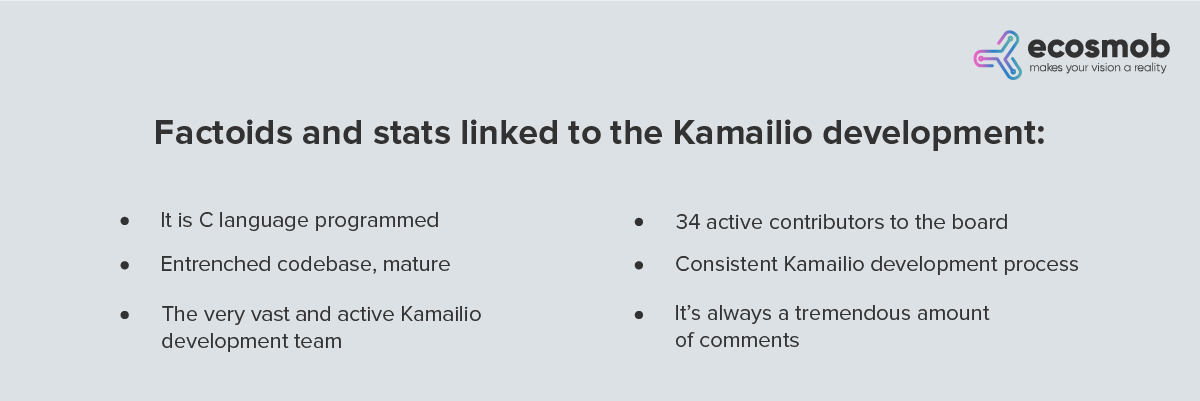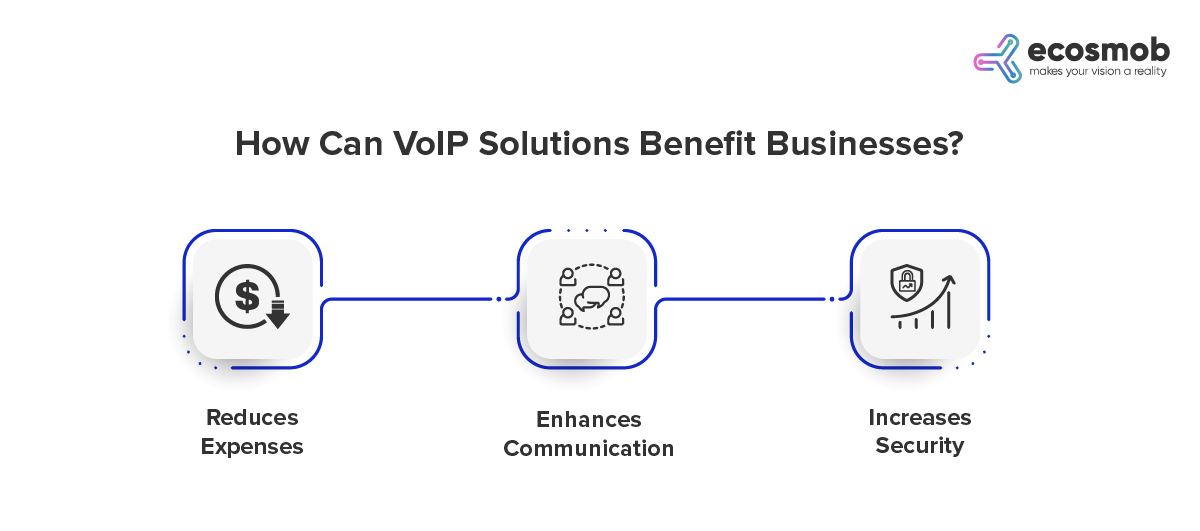VoIP has been available for several years; however, it has recently strengthened its visibility and usability in the market. Associated with the businesses have started understanding its capacity and the benefits. Many technologies are there to create VoIP solutions, but Kamailio development is gaining more popularity over others. It is associated with its fantastic selection of features. It’s famous for its capabilities of SIP core and blending extensible APIs (Application Programming Interface). It is one of the ways to work as a building block for the development of custom Kamailio development. But before proceeding further, you must understand what Kamailio is.
What is Kamailio?
Kamailio may be the well-known word being heard frequently in this technocrat world. We must find significant differences between the Kamailio-based system and several other open-source telephony solutions. So, check a few essential differences between Kamailio and other open-source telephony software.
We’re aware of the effective term of a Kamailio SIP server; nonetheless, it doesn’t act wholly as an Asterisk or FreeSWITCH. Kamailio solution’s primary use is as a SIP router. However, the server ropes several features, such as instant messaging and presence. Regarding scalability, Kamailio can deal with some 5000 call setups per second, and its least-cost routing can deal with countless routing rules. Kamailio has also roped validation to various databases and extensions that may be programmed using Perl. There’s also a Java API that you may take advantage of to extend VoIP development services and incorporate them with web services. One regular use case for Kamailio is telephony; however, it can also be very user-friendly for messaging and machine-to-machine communication. Let’s discuss some of the features of Kamailio.
Key Features of Kamailio
● Robust and performant SIP Servers
● Flexible least cost routing
● Modular architecture
● SCTP multi-streaming and multi-homing
● Asynchronous SIP message processing
● Suppleness
● Flexible debug and error message logging system
● Multiple Database Backends
● Monitoring and Troubleshooting
● Least cost routing engine
● Instant messaging and presence services
● SIP load balancer
● SIP routing
● SIP telephony system
● Interconnectivity
● SIP security firewall
● Diameter support and authentication
● Straightforward interconnection with PSTN gateways
● Extensibility APIs, and many more.
In addition, Kamailio can be;
● SIP proxy server
● SIP registrar server
● SIP location server
● SIP application server
● SIP dispatcher server
● SIP Websocket server
Let’s have a look at some factoids and stats linked to the Kamailio development:

The above-given are the compelling features of Kamailio. Now, Let’s discuss some of the benefits of the best Kamailio development services for VoIP providers.
Read our other blog on Kamailio Telephony Software, That Enhances Your Utilities Very Perfectly
Benefits of the Kamailio Development Services for VoIP Providers
The VoIP service provider can obtain the custom unified system with the Kamailio development service that offers many benefits. Let’s discuss some advantages of the most fantastic Kamailio development services for VoIP service providers:
1. Scalable development
A custom Kamailio development service provider is another option for outsourcing your work. The skilled developers have years of experience and know how to use this virtual SIP server and its cutting-edge functional features to produce the most durable and scalable solution. You may fully profit from this advanced VoIP development platform with skilled development services.
2. Ongoing assistance
If you choose the best Kamailio development services, you will get the product with the first phase features. However, as we know, the market and times constantly change. Therefore, as a VoIP development service provider, you should add more capabilities to your solution. You’ll need the best team to create your Kamailio solution. The support services will subsequently offer the same staff to develop new features and enhancements.
Reap the benefits of Kamailio development services. To know more,
3. Value-added services
Regular experts often provide the Kamailio development service as they must have been working with many products of the VoIP development service providers. You can benefit from their extensive experience in addition to Kamailio’s software development and maintenance services. You are more likely to obtain valuable information and advice that will help you expand your revenue streams and streamline your VoIP business.
These are the benefits of the best Kamailio consultancy services for VoIP providers, and Kamailio solution development takes a lot of work. It takes skills, experience, and thorough knowledge of this whole platform. By outsourcing the Kamailio development project, you can gain many benefits. Combined with the best development, support, and consultancy, you can even take advantage of increased ROI by reducing the trouble of resource management and by keeping complete attention to the company’s growth and expansion.
How Can VoIP Solutions Benefit Businesses?
The important thing is using VoIP development solutions for business communication. All companies use several VoIP solutions produced by the most effective VoIP companies. There are numerous great things about using VoIP development-based solutions in operation communication, and we are likely to explore additional information about the best three great things about the same.
 Reduces expenses
Reduces expenses
The VoIP solution uses SIP-based communication. In layman’s language, you’ll need an energetic net connection to communicate through VoIP solutions. It supplies a cheaper mode of communication.
Enhances communication
The VoIP development service providers build encryption answers to secure media and other packets. Businesses may also demand enhanced security with Session Border Controller (SBC) system. Also, if you use a SIP-based solution, you stop sharing your private data, information, and conversations with third-party applications and solutions.
Increases security
Custom VoIP development services build solutions with encryption to help keep media and other packets secured. Businesses also can demand enhanced security with Session Border Controller (SBC) system. Also, if you use a SIP-based solution, you stop sharing your private data, information, and conversations with alternative-party applications and solutions.
How can Kamailio development be used to build VoIP solutions?
Among all, Kamailio solution development is there to combine other VoIP technology with custom Kamailio development to create a futuristic solution for the VoIP service provider. The primary use of Kamailio Solution development is to build one of the following types of VoIP solutions. Let’s look at some practical tips that help Kamailio solution development make VoIP solutions.
● Build the telephony solution as a standalone SIP server with Kamailio development. This telephony solution can appeal to many customers with the same top-quality voice and other features.
● Scalable IP PBX, comparable to the Asterisk or FreeSWITCH-based IP PBX, could be built utilizing the Kamailio solution development.
● Load balancer to balance the excessive load on the server easily.
● The least-cost routing solution uses an essential module of any effective system.
● Instant Messaging server based on the SIP
● SIMPLE Presence server based on the SIP
● Unified communications solutions
These are the beneficial tips in which we learned how to build VOIP solutions using Kamailio development.
Summing Up
In a nutshell, Kamailio is best for developing any SIP-based application, module, and software and for building VoIP software using custom Kamailio development. Only some companies and expert Kamailio developers have expertise in developing robust solutions using Kamailio. We are happy to share with you that we are one of those few companies, and we can develop any Kamailio solution or application.
Moreover, we at Ecosmob deliver the best telephony system solutions to empower your business growth. We have a team of VoIP specialists working in Kamailio and have benefited many VoIP service providers with their ability in this technology. If you are a VoIP provider looking for the best Kamailio consultancy services, connect us with a world-leading customized VoIP solution provider today!







